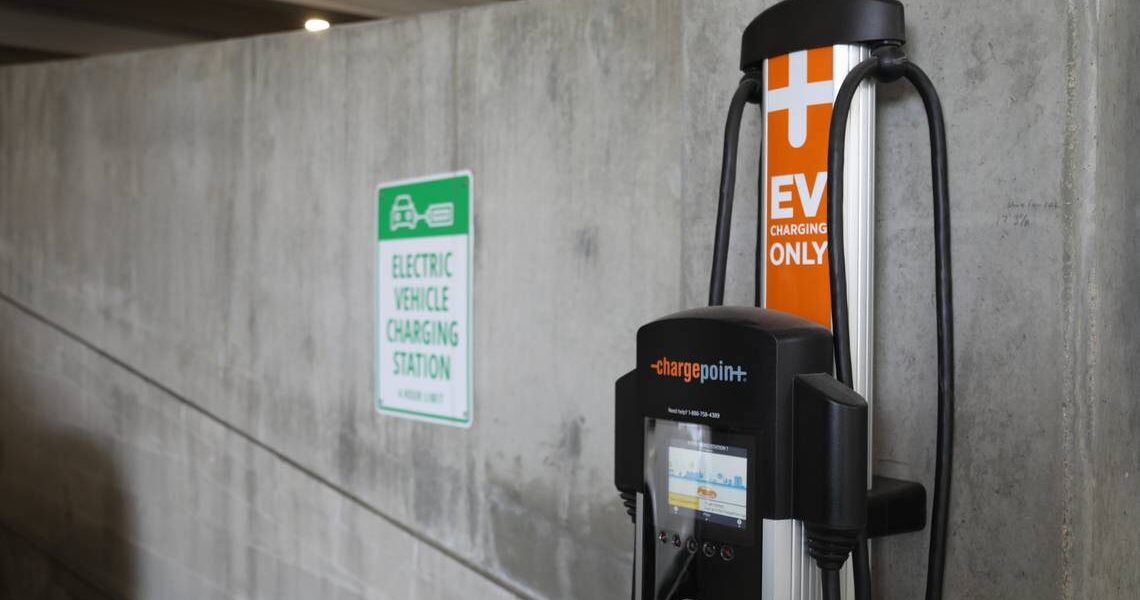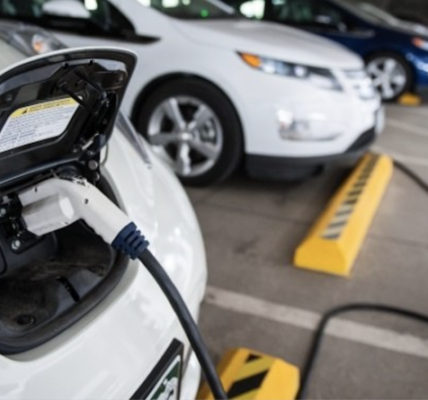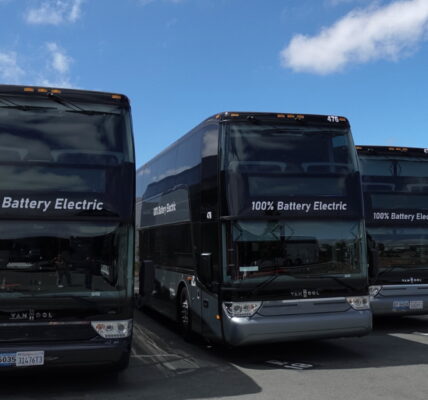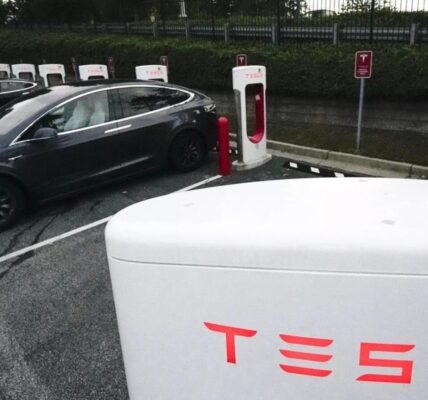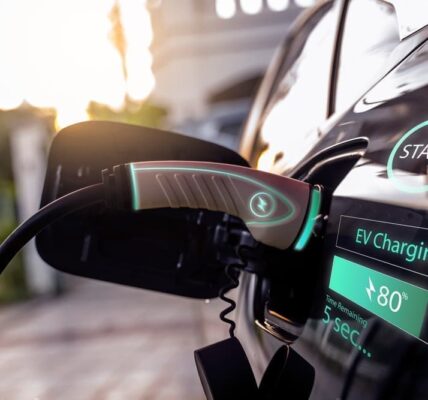Three different Idaho state agencies are moving forward with the second phase of a long-term project to create a network of electric vehicle charging stations situated every 50 miles on or near major Idaho highways. Over five years, Idaho will receive about $29 million in federal funding through the Infrastructure Investment and Jobs Act, sometimes called the Bipartisan Infrastructure Law, that President Joe Biden signed in 2021. Idaho is not contributing state funding to the program.
The charging program is being developed during a time of rising demand from the public. Since 2020, there has been a 269% increase in electric and hybrid cars, trucks, and other vehicle ownership in Idaho, said Scott Luekenga, an Idaho Transportation Department program manager, citing ITD research based on vehicle registrations. “Public input, first and foremost, will inform the state on the need for a charging infrastructure and most of all where that charging infrastructure needs to go,” Luekenga said.
Idaho’s direct current fast-charging station program is part of the National Electric Vehicle Infrastructure Formula Program, which is commonly referred to as NEVI. Get unlimited digital access Try 1 month for $1 CLAIM OFFER For Idaho’s project, employees from the Idaho Governor’s Office of Energy and Mineral Resources, Idaho Transportation Department and Idaho Department of Environmental Quality teamed up to create an interagency working group to lead the NEVI program. Luekenga said it could be five to 10 years before the project is complete and all the charging stations are constructed and operational. But once the universal charging stations are up and running, it could be a game-changer for electric vehicle drivers in Idaho.
One requirement of the program is that the charging stations must be built along designated corridors, including nearly all of the major state highways and interstate highways in Idaho, program officials said. “That allows electric vehicle drivers the opportunity, or places, to charge their vehicles in a connected manner along those ‘alternative fuel corridors,’ west to east and south to north,” Luekenga said in a telephone interview. “This will provide them the opportunity to charge their vehicle outside of their home or local area, targeting the ability to move longer distances and maintain the availability of their vehicles.”


